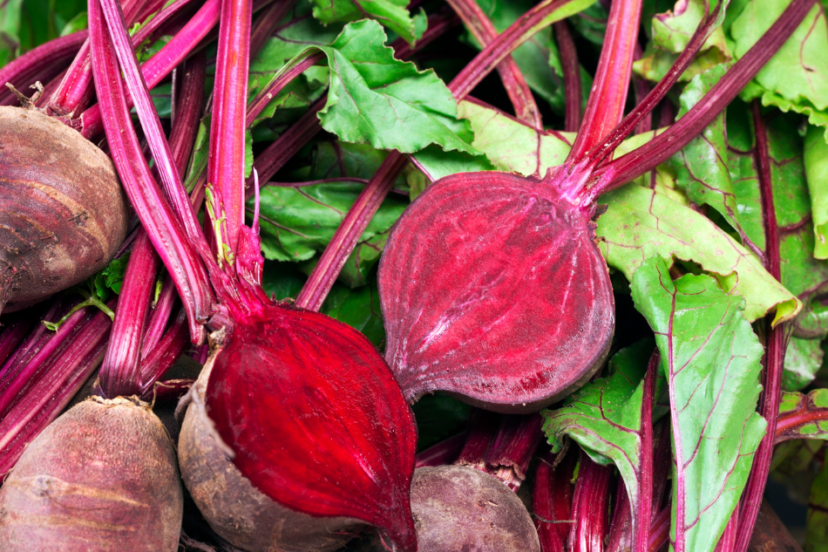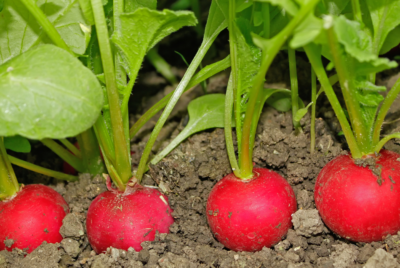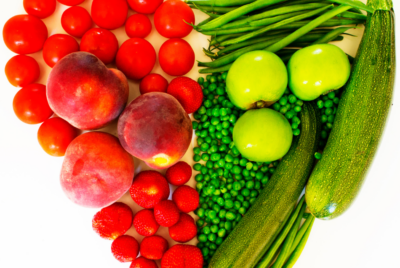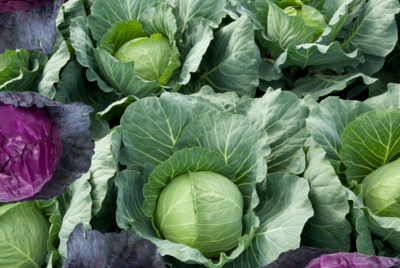Beets Companion Planting
How Beets Companion Planting Can Improve Soil Health And Yield
It’s no secret that companion planting can have a significant impact on your garden’s health and yield. In the matter of beets, companion planting is especially beneficial. Beets are known for being a nutrient-rich vegetable that can help improve soil health by accumulating minerals and nutrients deep in the soil. By planting them alongside other complimentary crops, you can create a healthy and diverse ecosystem in your garden that will not only improve the quality of the soil, but also increase the yields of all your plants.
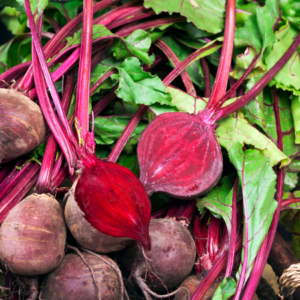
Key Takeaways:
- Beets are excellent companions: Beets are beneficial companion plants as they attract beneficial insects, like predatory ladybugs and parasitic wasps, that help control pests in the garden.
- Improves soil health: Beets are known to break up hardpan in the soil with their deep taproots which enhances soil aeration and drainage, allowing other plants to grow better.
- Nutrient accumulation: Beets accumulate nutrients like phosphorus, potassium, and magnesium in their roots, and when these plants decay, they release these nutrients back into the soil, enhancing soil fertility.
- Companion planting benefits: When grown alongside other vegetables like carrots, lettuce, and onions, beets can help repel pests, reduce weed growth, and attract pollinators, creating a more balanced ecosystem in the garden.
- Increase yield: Through companion planting with beets, gardeners can see an increase in yield and overall better plant health due to a more diverse and harmonious garden environment.
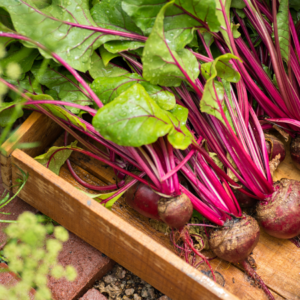
Understanding Soil Health
Elements of a Healthy Soil
Some of the key elements of a healthy soil include organic matter, microorganisms, water, air, and minerals. With the right balance of these components, soil can support the growth of plants and sustain biodiversity in the ecosystem.
Benefits of Improved Soil Health
On their own, soil health and crop yield can improve significantly. Improved soil health leads to increased nutrient availability, improved water retention, enhanced root growth, and better pest and disease resistance. This, in turn, results in higher yields and healthier plants.
Improved soil health can also reduce the need for chemical fertilizers and pesticides, leading to cost savings for farmers and less environmental impact. By fostering a more balanced and sustainable ecosystem, improved soil health contributes to long-term soil fertility and productivity.

Companion Planting with Beets
Little is known about the benefits of companion planting with beets, but this traditional gardening method can significantly improve soil health and yield. By strategically planting different crops together, gardeners can enhance the growth of their beets while reducing the need for chemical fertilizers and pesticides.
Best Companion Plants for Beets
Companion planting with beets involves selecting plants that can complement their growth and deter pests. Some of the best companion plants for beets include lettuce, onions, and garlic. These plants can help repel pests like aphids and beetles while providing shade and nutrients for the beets to thrive.
How Companion Plants Benefit Beets
Companion planting with beets not only improves soil health but also increases the yield of the beet crop. Plants like radishes and carrots can help break up compacted soil, improve drainage, and provide a natural barrier against weeds. Additionally, certain companion plants can attract beneficial insects that prey on beet pests, creating a harmonious ecosystem in the garden.
Another important benefit of companion plants for beets is their ability to enhance the flavor and nutrient content of the beets themselves. Plants like herbs and flowers can impart unique flavors and aromas to the beets, making them more enjoyable to eat. Additionally, companion plants can help increase the diversity of nutrients in the soil, resulting in healthier and more nutritious beets for harvest.

Maximizing Yield Through Companion Planting
Techniques for Effective Companion Planting
Many gardeners utilize companion planting to maximize the yield of their crops. This technique involves planting different species of plants together to enhance growth, deter pests, and improve overall plant health. Some common examples of companion planting include planting marigolds with tomatoes to repel nematodes or interplanting beans with corn to provide natural support.
Monitoring and Maintaining Plant Health
Any successful companion planting strategy requires regular monitoring and maintenance to ensure the health and vigor of the plants. This includes keeping an eye out for signs of nutrient deficiencies, pests, or diseases that may impact plant growth. It is important to address any issues promptly to prevent them from spreading and affecting the entire crop.
Planting beets as part of a companion planting scheme can provide numerous benefits to the soil and surrounding plants. Through regular observation and care, gardeners can prevent potential issues from arising and maintain a healthy growing environment. By choosing the right companion plants and implementing proper care techniques, gardeners can maximize the yield of their crops and improve overall soil health.

Challenges and Considerations
Common Pitfalls in Companion Planting
All gardeners should be aware of common pitfalls that can occur when practicing companion planting. One of the biggest mistakes is failing to consider the specific needs of each plant in terms of sunlight, water, and soil requirements. Another common pitfall is planting incompatible species together, leading to poor growth and decreased yield. It is crucial to research the compatibility of plants before establishing a companion planting scheme to avoid these issues.
Adapting Strategies to Local Conditions
Adapting companion planting strategies to local conditions is important for success in gardening. Any experienced gardener knows that what works in one region may not necessarily work in another. Factors such as climate, soil composition, and pest populations can greatly influence the effectiveness of companion planting. By adapting your strategies to suit the specific conditions of your local environment, you can maximize the benefits of companion planting and ensure a healthy, productive garden.
Understanding the unique conditions of your local environment is key to successful companion planting. By paying attention to factors such as climate, soil type, and prevalent pests, you can tailor your planting scheme to create a harmonious and beneficial ecosystem. Experimenting with different plant combinations and observing the results will help you refine your companion planting strategies over time to achieve the best possible outcomes for your garden.
Summing up
So, it is evident that incorporating beets as part of companion planting can significantly enhance soil health and yield in your garden. By partnering beets with other compatible plants like zucchini, you can create a harmonious ecosystem that benefits each other’s growth and deters pests. The reasons for companion planting beets with zucchini are well-founded and have proven to be successful methods for improving your garden’s productivity. To learn more about the benefits of companion planting beets with zucchini, check out Reasons for Companion Planting Beets With Zucchini.
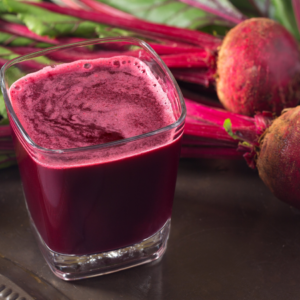
FAQ
Q: What is companion planting?
A: Companion planting is a gardening technique where different plants are grown in close proximity to enhance each other’s growth, repel pests, and improve overall plant health.
Q: How can beets benefit from companion planting?
A: Beets can benefit from companion planting by being paired with plants that help improve soil health, repel pests, and provide shade or support.
Q: Which plants are good companions for beets?
A: Plants that are good companions for beets include lettuce, onions, garlic, and spinach. These plants can help deter pests, improve soil structure, and enhance the growth of beets.
Q: How does companion planting improve soil health for beets?
A: Companion planting with nitrogen-fixing plants like legumes can help add nutrients to the soil, while plants with deep taproots can help break up compacted soil and improve drainage for beets.
Q: Can companion planting help increase the yield of beets?
A: Yes, companion planting can help increase the yield of beets by promoting a healthy growing environment, reducing competition from weeds, and attracting beneficial insects that can help pollinate the plants.
Growing Lime Trees in Containers
Growing Tangerine Trees in Containers
Garden Fresh Tomatoees, No Dig Required

